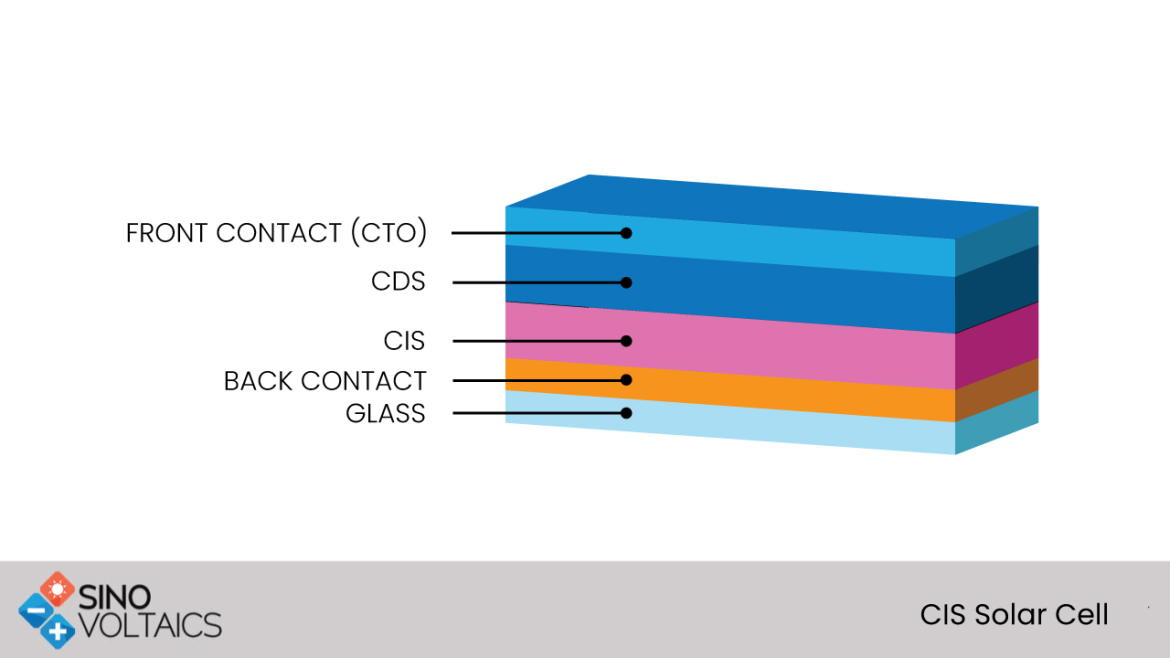Degradation of Solar Cell Performance Due To Microcracks
CZTS Solar Cells
Float Zone Silicon Cells (FZ)
Different Wafer Sizes
Photoelectrochemical Cell
CIGS solar cells
Luminescent Solar Concentrator Cells
Solid State Solar Cells
[...]
 There are three mainstream technologies for thin film PV, CIS is one and the other two are cadmium telluride and amorphous silicon.
CIS and the two other materials have similar properties and are all thin enough to be flexible, allowing their simple deposition on flexible substrates. Yet, since all of these technologies typically use techniques that utilize high temperature deposition, the optimum performance normally comes from cells deposited on glass material, despite the advancement in low temperature deposition of CIS cells erasing nearly all of this performance difference. CIS performance is much better than polysilicon at the cell level, but the module efficiency is still lower, because of less developed upscaling.
CIS is mostly used in the polycrystalline form. The best efficiency achieved for CIS was 21.7% which was recorded in 2014.
There are three mainstream technologies for thin film PV, CIS is one and the other two are cadmium telluride and amorphous silicon.
CIS and the two other materials have similar properties and are all thin enough to be flexible, allowing their simple deposition on flexible substrates. Yet, since all of these technologies typically use techniques that utilize high temperature deposition, the optimum performance normally comes from cells deposited on glass material, despite the advancement in low temperature deposition of CIS cells erasing nearly all of this performance difference. CIS performance is much better than polysilicon at the cell level, but the module efficiency is still lower, because of less developed upscaling.
CIS is mostly used in the polycrystalline form. The best efficiency achieved for CIS was 21.7% which was recorded in 2014.
